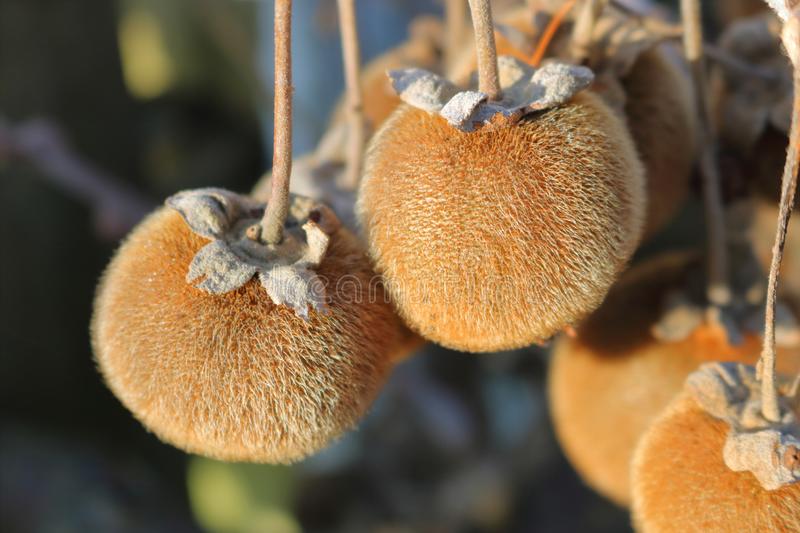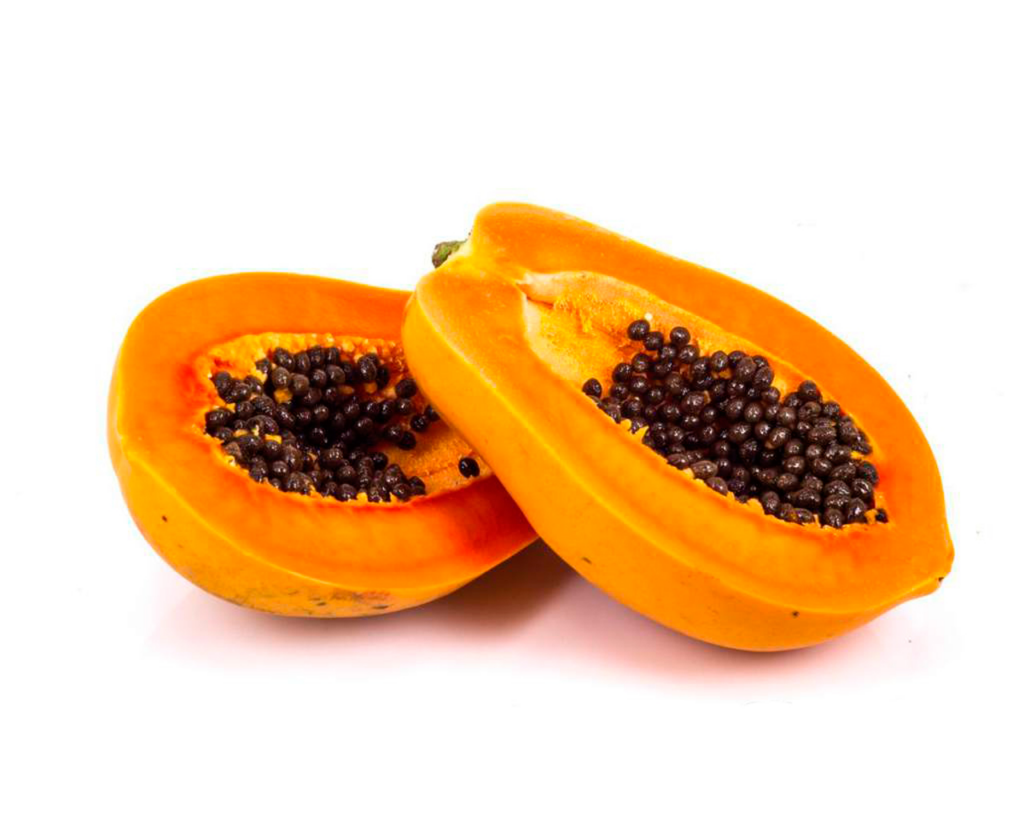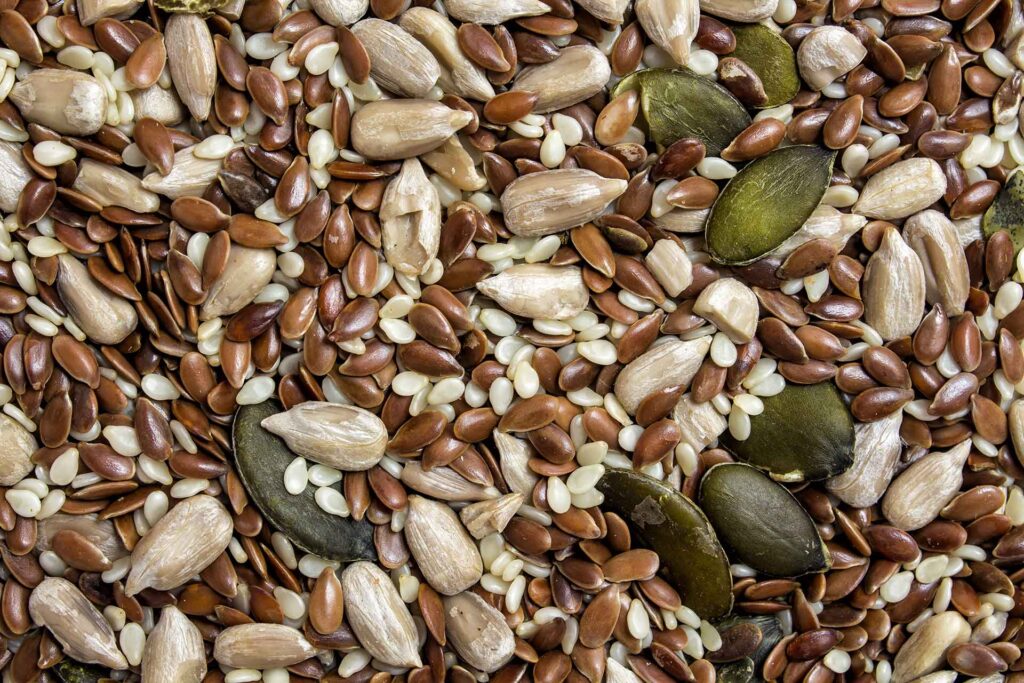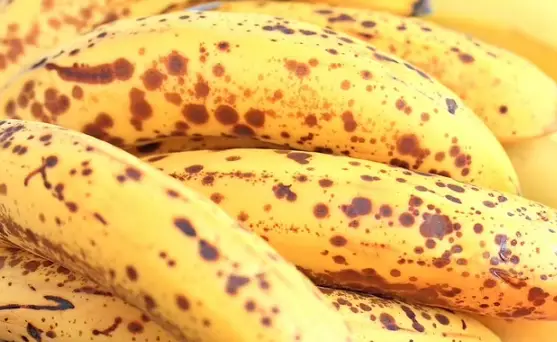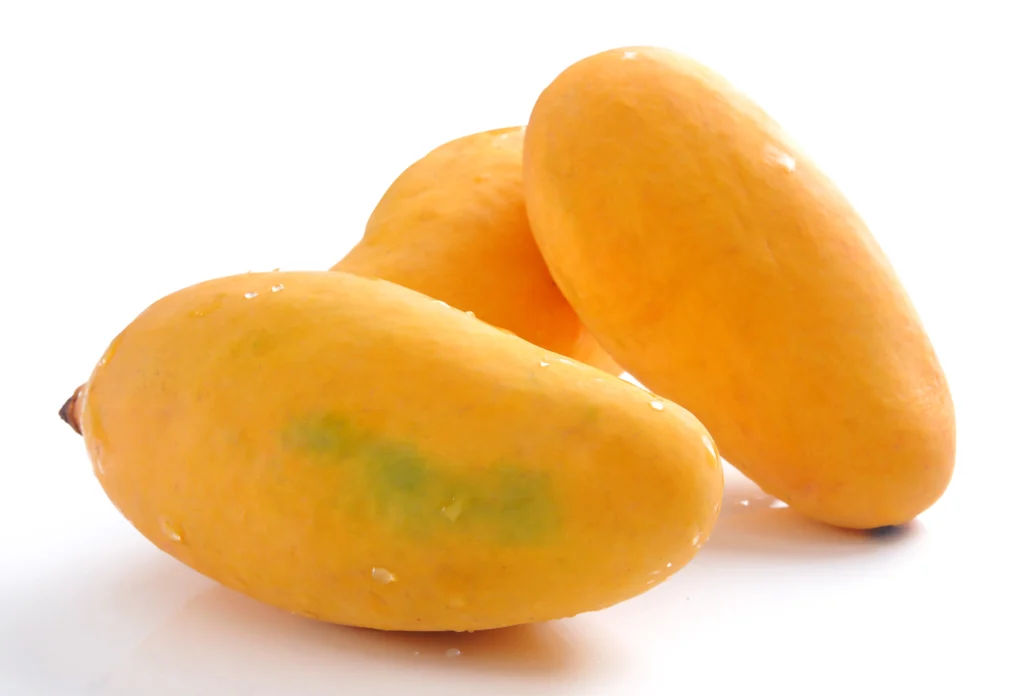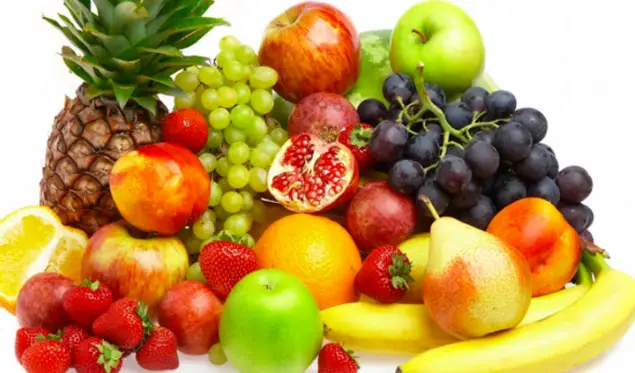Maybe you don’t usually think of pinecones as fruits, and there’s a good reason for that!
While pinecones are indeed very important to pine trees, we can’t call them fruits. In this article, we’ll look closely at why pinecones aren’t fruits and talk about what makes them so special.
Table of Contents
Are Pinecones Fruits?
Nope, pinecones aren’t fruits at all. Pinecones are actually parts of certain kinds of trees called gymnosperms that help them make new pine trees. They are involved in pollination and help grow seeds, but they don’t come from flowers like fruits do. Instead, pinecones are special to gymnosperms and have a different job in making new trees.
What Exactly is a Fruit, Then?
A fruit is actually the part of a flower that has become mature. After a flower gets pollinated, it can turn into a fruit, which has seeds inside. The job of a fruit is to help spread those seeds around so new plants can grow all over the place.
How Pinecones Help Trees Make Babies
Standing out in the plant world, pinecones are special structures that you find on gymnosperms, like pine, spruce, fir, and cedar trees.
Unlike other plants that make flowers and fruits, gymnosperms grow cones. That’s how they make the next generation of trees.
Let’s Look at a Pinecone
Pinecones have a cool design. They are made up of lots of scale-like parts layered in a spiral around a central core. These pieces are tough and work like shields.
Pine trees actually make two kinds of cones: boy cones and girl cones. The boy cones make pollen, and the girl cones wait for the pollen to start making seeds.
The Purpose of Pinecones in Tree Life
Pinecones are crucial for pine trees because they’re the parts where new life begins. Tiny pollen grains drift from the boy cones over to the girl cones on the wind.
When the pollen lands in the right place on the girl cone, seeds will start to grow. After that happens, the scales on the girl cone shut tight to keep the seeds safe while they get ready to start new trees.
Major Differences Between Fruits and Pinecones
Even though they both help plants have babies, fruits and pinecones have quite a few things that make them different:
- Where Seeds Sit: A fruit wraps up its seeds inside, while a pinecone has open scales that create a safe spot for seeds to grow.
- Plant Types: You find fruits on plants that have flowers with all sorts of parts. Pinecones, though, grow on gymnosperms which don’t have flowers at all — they have cones to make babies.
- Spreading Seeds: Fruits have cool tricks to move their seeds around like being tasty so animals eat them, or having parts that let them fly in the wind. Pinecones mostly just count on the wind to blow their seeds away.
Wrapping It Up
It may seem like pinecones are kind of like fruits, but they’re definitely not the same. Pinecones are unique parts of gymnosperms that help them start new trees. They’re all about pollination and making seeds.
By understanding how different fruits and pinecones are, we get to see just how amazing plants can be in making sure they keep growing and spreading, each in their own extraordinary way. So, whenever you see a pinecone, remember it’s playing a key role in the circle of life for pine trees — and that’s pretty cool.


